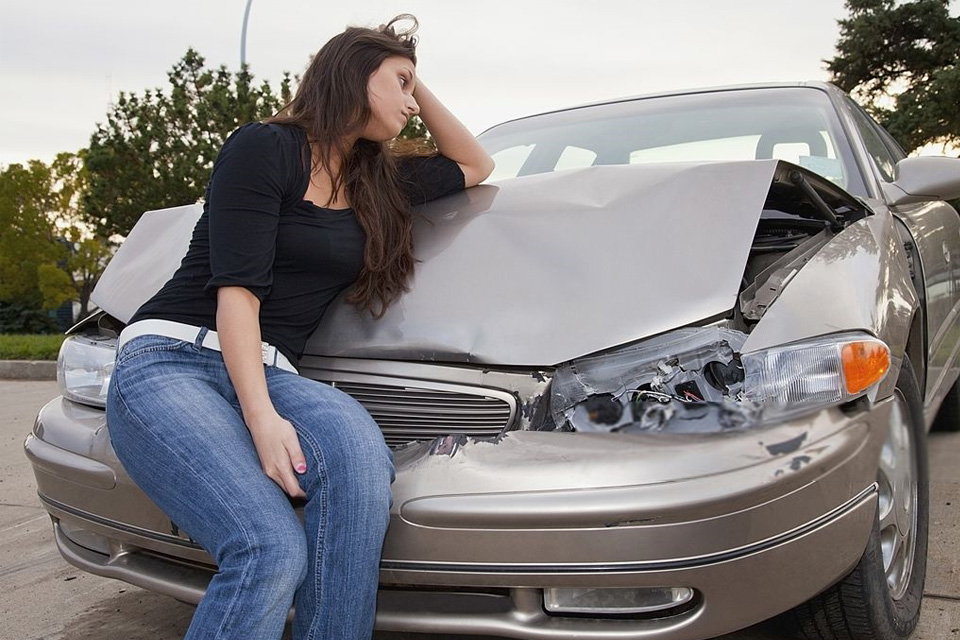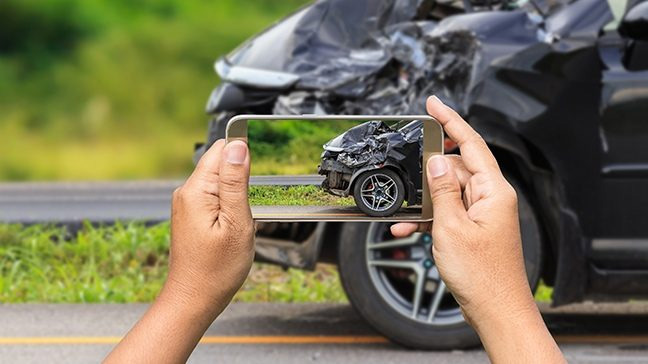According to the National Safety Council, last year, an estimated 40,000 people lost their lives to car crashes, and about 4.5 million people were seriously injured. Furthermore, statistics have shown that even the most cautious drivers are involved in at least one accident in their lives. So, vehicle accidents are part of everyday life. They can happen anytime, anywhere, and in really unexpected ways. Nevertheless, knowing this does not make us very prepared when they do occur. In reality, accidents are very traumatic for everyone involved. And if you are unfortunate enough to be involved in one, there are a few steps you need to take to deal with it promptly and smoothly.
Follow our four-step guide to deal with the stress and to protect yourself and your interests.
#1 Don’t Underestimate Basic Preparations
There is no way for anyone to be accident-proof. Yet, there are a few basic things every driver should do if owning and frequently operating a vehicle.
First, always keep proof of your car insurance in the glove compartment where you can easily find it. Make sure you mark your calendar to change it every six months or year when you obtain a new version of it. Importantly, highlight the emergency claims number on it, and if you have roadside assistance, highlight this number as well. Buy a cell phone charger for your car, and get in the habit of letting your phone charging while you drive. If it is never low on battery, you will always be able to call for help. Keep a card with data about medical allergies or conditions that may require special attention in case of an accident involving severe injuries. Also, it is smart to keep handy a list of contact numbers for law enforcement agencies. And, even in a case of a minor accident, it is important to make sure you have a legal accident report, so keep the TxDOT crash report in your glove compartment, for the times when the police don’t show up. Always have a first aid kit in your vehicle! If possible, have a flashlight for an emergency, so you can use it to signal for help or even break a window to escape. Consider stocking your trunk with several small orange cones. These are useful to mark out your vehicle on the roadside and keep traffic from cruising too close while you help other injured people.
#2 Your First Response Right After the Accident
If you have been in a car accident, you know – things can get very confusing. You are feeling scared, angry, and in the rush of adrenaline. In these circumstances, you may not always know what you are supposed to do. Nevertheless, you have to remember that first and foremost, you have to remain calm. Stop your vehicle and evaluate the situation. Being angry and impatient is good for no one. Examine yourself and the passengers in your car to see if anyone sustained any injuries. If someone needs emergency attention, call 911 before doing anything else.
Once you assess it is safe, move off to a safe place and ensure you are not in harm’s way. If you need to exit the freeway, express clearly your intention to others. Make sure that the vehicles that were in the accident are moved to the sides and don’t cause an unnecessary jam. Turn on the hazards if functional, and place cones, flares, or triangle signs around as a sign to approaching traffic to be safe and navigate around the accident’s scene.
When secured, call the authorities. Once the police are at the scene, provide them your Driver’s License information, the proof of insurance, vehicle registration, and your current contact information, including an updated address. All the other drivers involved in the collision must do the same.
#3 Document the Accident Scene and Collect Evidence (on the Scene and Home)
Following the accident, be sure you exchange essential information with the involved:
Name, address, and phone number of the other driver;
Insurance company and policy number of the other driver;
Driver license number, license plate number for the driver and the owner of each vehicle.
Contact information form independent witnesses;
Utilize your phone camera to document the damage to all the vehicles. Photographs of the scene, including the license plate of the other car and the site, will help you make your case to a claims adjuster.
Additionally, write down exactly what happened to you during and after the accident. Make a written description of each vehicle, including the model, year, color, and the exact location of the collision. Furthermore, document weather conditions, traffic, and road conditions. In the weeks after the accident, continue to write down everything that comes to your mind about the accident, including conversations you have with anyone else involved. Also, document doctor’s appointments, lost time at work and lost wages. Keep all of your medical bills and any other bills related to damages from the accident.
If a police officer responded to the scene of your accident, there would be a police report on file. You are entitled to receive a copy of it, and it is advisable to acquire it as soon as possible. These reports can help identify specifics of the accident, such as the time of day, date, location, and weather conditions at the scene. They can also offer a preliminary assessment of fault and identify witnesses and others who responded to the accident scene.
Based on the circumstances of the crash it may be beneficial to consult legal help further down the line. In certain states, if a driver is deemed to be a threat, an indefinite immediate threat suspension can be placed upon them, which means that the person responsible can have their license taken away from them. When we are in a car accident and we have got the relevant information, it may be beneficial to take it further. If you feel that the person responsible (if it wasn’t yourself) is a danger to others on the roads, acquiring legal advice isn’t just about them getting their just desserts but it’s about making sure that other drivers on the road don’t have to go through what has happened to you.
#4 Contact Your Insurance Company and Get a Legal Representation
Contact your insurance company as soon as you can. Calling them from the accident’s scene is indispensable since they can tell you precisely what they will need to process your claim. Collaborate with them and tell them the truth about what happened and the degree of your injuries. Explain the facts clearly. Foremost, know the particulars of your insurance coverage beforehand – it will make the entire insurance process a lot easier following the event. Once you can, contact the driver at fault’s insurance company and notify them about the accident and sustained injuries.
If anyone was injured in the accident, it is best to consult an experienced attorney. Even if you do not think you need one, it is always beneficial to get at least a free consultation. Hiring legal representation can help you maximize your recovery if you are injured, not to mention better defend yourself if you are at fault. Many accident attorneys work on a contingency fee basis, meaning your lawyer will only receive a fee if you are awarded damages or receive a settlement.







